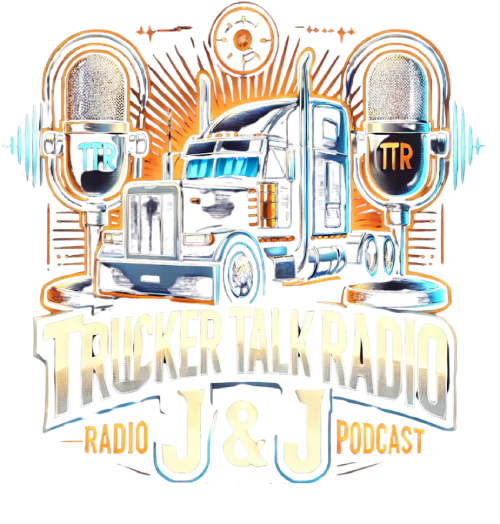The heavy-duty trucking sector is experiencing a new wave of regulatory changes that may alter operations, compliance methods, and financial strategies for fleets. A recent analysis by Commercial Truck Trader examined multiple proposed and evolving regulations that truck purchasers and fleet managers should closely monitor.
Modifications to Hours of Service Regulations
Recent updates to the Hours of Service (HOS) regulations are designed to provide drivers with increased flexibility. Drivers can now take a 30-minute break after 8 hours of driving, as opposed to the previous requirement of 6 hours, and they have the option to split their 10-hour off-duty periods. These modifications aim to lower fatigue levels while enhancing productivity; however, some safety advocates express concerns that more lenient guidelines may heighten the risk of accidents.
Changing Emissions Regulations
The trucking industry may witness changes to federal emissions regulations. Proposed stricter Environmental Protection Agency (EPA) Phase 3 greenhouse gas standards for heavy-duty trucks could encounter modifications or delays. While these adjustments might offer short-term financial relief, they could also impede the adoption of more efficient vehicle technologies. Additionally, California’s more stringent regulations add complexity for fleets operating across state lines.
Proposed Speed Limiter Regulations
One of the more contentious trucking regulations currently under discussion is the proposed speed limiter mandate, which would set a maximum speed for heavy-duty trucks to enhance safety. Supporters argue that this could decrease the severity of highway incidents, while opponents contend that it restricts driver flexibility and might create new traffic dangers due to varying speeds. Industry organizations have voiced concerns regarding the potential impact on delivery efficiency.
Tariffs and Truck Pricing Trends
Changes in trade policy, particularly the introduction or extension of tariffs, are also affecting the trucking industry. A proposed 25% tariff on imported vehicle components could push new truck prices up by as much as $35,000, according to the American Trucking Associations. This increase may disproportionately affect smaller carriers, delaying their fleet upgrades and forcing them to keep older trucks in operation for longer periods.
These emerging regulations in the trucking industry will undoubtedly continue to influence how companies operate and invest in their fleets. Staying informed is essential for maintaining a competitive edge.
To explore these issues further, refer to the complete article from Commercial Truck Trader.


